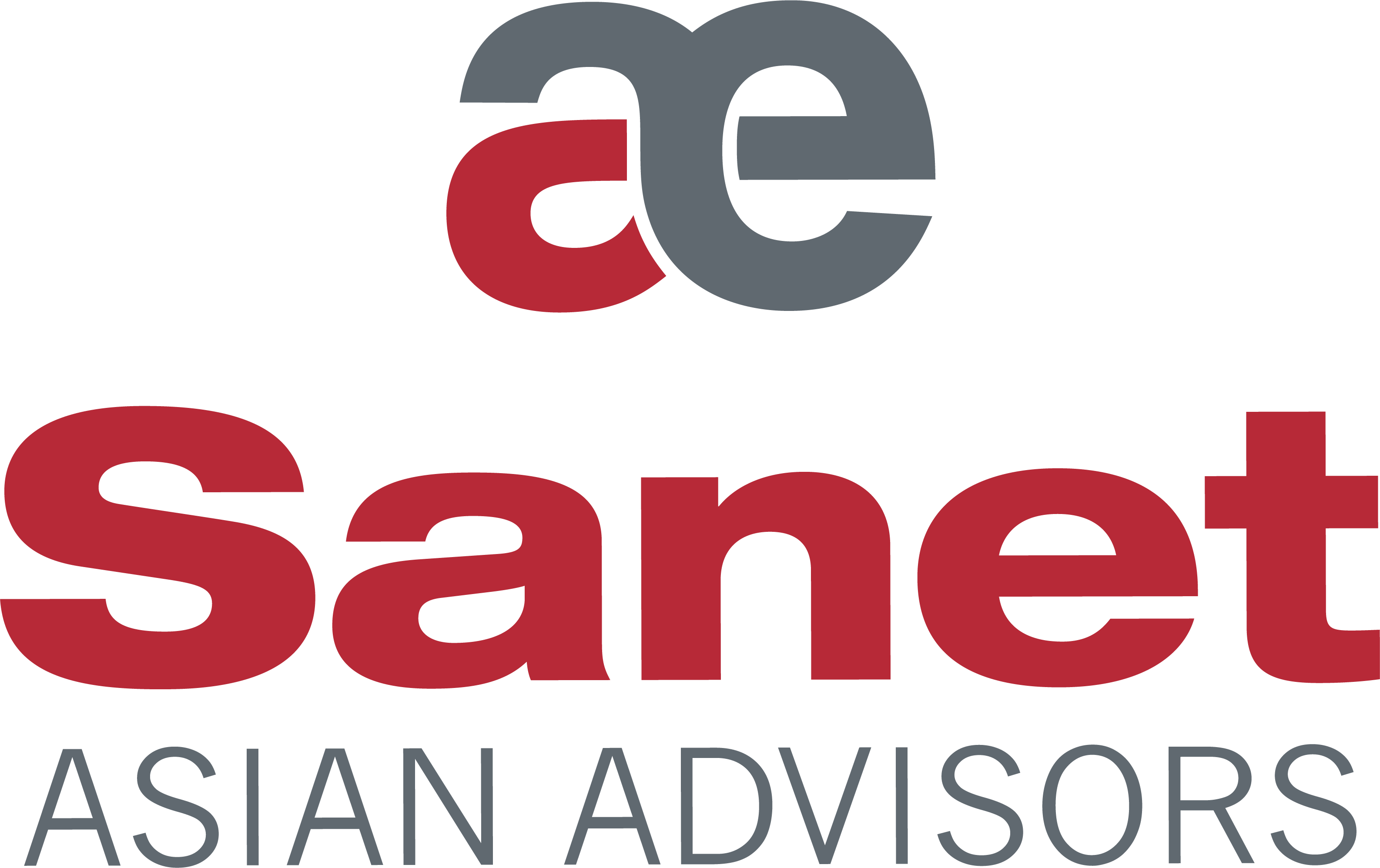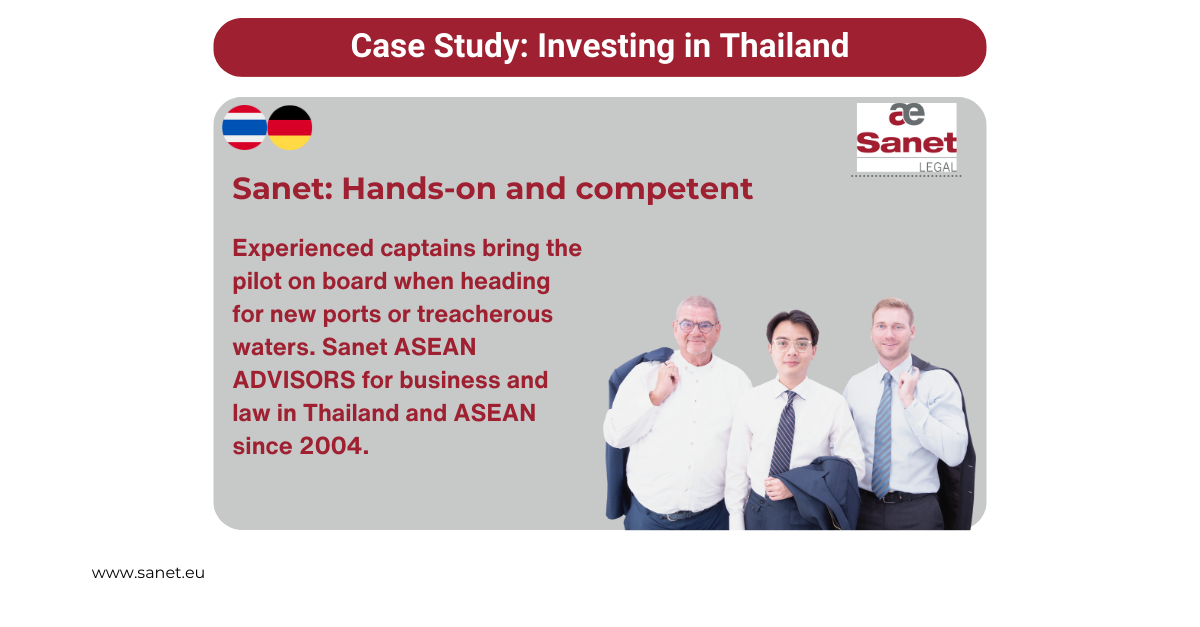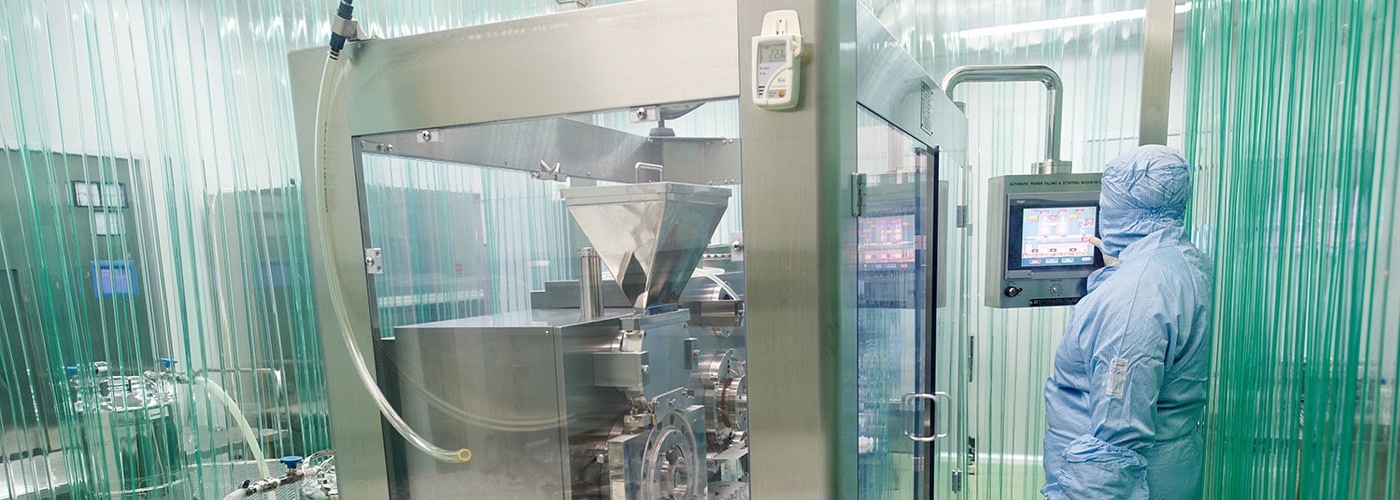Europe and Germany in particular is losing its attractiveness as an investment location. More than 30% of SMEs are considering relocating their production abroad. But where to and how? And which arguments are there in favor of investing in Thailand? And who possesses on-site experience and a team that can help even in difficult situations?
THE INITIAL SITUATION
“SilkTulip” was a management buy-out of a subsidiary owned by a major German corporation. The company produced specialty chemicals for the textile industry in Europe.
The textile industry in Asia, especially that of China, was also one of the most important export markets. It promised significant growth for the future, while markets in Europe were shrinking due to the exodus of the textile industry.
Being located in Europe was no longer an optimal option. In addition, transportation costs and customs duties to the Asian markets were high. Raw materials were still mainly and expensively sourced from the former parent company. Alternatives did not exist in Germany.
An investment in Thailand or production in another Asian country was on the cards.
When Sanet ASEAN ADVISORS were brought on board for the first time, the basic decision to invest in Asia had been made. Yet everything was still at the starting point: there was no strategy and no definite budget.
Instead, Sanet was to support the management as comprehensively as possible in the development of the strategy and its implementation.
THE STRATEGY DEVELOPMENT
The first step was to jointly define the approach to be taken.
In phase 1, the legal set-up was to be established. The company had to be established and the tax incentives applied from the Board on Investment (BOI) had to be backed up with detailed business plans and then negotiated.
Phase 2 involved a site assessment and a “lease or build” decision. The evaluation included environmental standards in the Industrial Parks, plots of land available, its prices, infrastructure costs and soil conditions, up to the risk of flooding during the rainy season. Over 70 criteria were identified to be considered.
In Phase 3, the selected plot of land was to be reserved. Contracts had to be drafted and negotiated. Sanet Legal’s lawyers in Bangkok also assisted in these activities. Exit points had to be agreed upon in case the government investment subsidy would not be granted in the end.
In Phase 4, tendering for construction and construction were to be planned. In addition, the localization of supply was to be initiated.
In Phase 5, the first key personnel needed to be recruited for a temporary office located near the construction site, so that production could start seamlessly later on.
SPECIAL CHALLENGES AND “ROADBLOCKS”
For several reasons, the project posed a special challenge for a consultancy firm. These consisted of some non-typical requirements for a strategic investment:
- For example, the human resources of the company, which had been spun off from a group management, did not allow for an experienced project management team that could have shared responsibility with the consultants, on site. The responsibility for preparing the final decisions and incorporating a small project team into the challenges lay exclusively with Sanet.
- At the instigation of Financial Investors among the shareholders, there were also multiple reviews of the overall strategy of the management. The management saw the necessity of the investment. The Financial Investors, on the other hand, as usual shied away from new investments because they were usually looking for a quick exit with a high profit. So the investors had to be “brought along” again and again. Sanet had the arguments to deliver.
- Thailand as a location was questioned by the Institutional Shareholders. A comparative study between China, Vietnam, Singapore, Cambodia, Indonesia and Thailand was demanded.
- Even after doing so, the shareholders kept causing temporal disruptions to the project. This continued even into the implementation phase. During this time, Sanet had to repeatedly keep stakeholders such as contractors, suppliers of materials and equipment, industrial parks, and government agencies attuned to the delays and secure their loyalty and cooperation.
- Finally, an additional Director appointed by the shareholders even stipulated a new bidding process that turned out to be unfeasible and “burned” high costs when the project went ahead. Sanet then had to develop and implement a restructuring of the tender process in a very short time.
All these challenges were overcome thanks to full loyalty and trust between the client’s management and the Sanet team.
THE APPROACH, THE OUTCOME AND THE COST
Despite these challenges, Sanet managed to maintain a clear structure of approach.
1.) A two-step selection process was developed for the evaluation of the investment country. A-criteria such as intellectual property protection, rule of law, economic policy, labor market, taxes, tariffs, investment promotion and investment protection were defined for the first stage comparison.
Based on this first, comparative study, the number of possible investment countries was reduced to two countries, namely Vietnam and Thailand.
SANET’s offices in both countries were then commissioned to conduct a comparative Feasibility Study. 70 new criteria were under comparison. By this, the investor deliberately created a competitive situation in order to identify the opportunities as well as the risks in both countries in an objective manner. Following the client’s evaluation system, the decision fell in favor of Thailand.
2.) In the next step, a site evaluation of the plots of land offered by three Industrial Parks were assessed. Layout, location, promotion zone, labor market and logistical environment were the deciding factors. A total of 86 criteria were identified. The decision was made in favor of a site near Rayong.
3.) At the same time, a wholly owned subsidiary was founded as a Company Limited. Applications for subsidies and negotiations with the Board of Investment (BOI) were submitted and conducted. Eight years of tax exemption, another five years of half tax exemption and many years of import duty exemption were the result.
4.) Localization of supply also began at the same time. Suppliers from Thailand, Indonesia, China and other countries were qualified, and price quotations obtained for over 700 chemicals. Sanet Trade & Services hired a chemical engineer and purchasing specialist for this purpose. Even at this stage, high six-figure savings in material usage became apparent.
5.) For the construction work, we reduced the twelve tender packages planned by shareholders in Europe to far less than half and concentrated the responsibility for coordinating most of the services on one general contractor.
The tendering process proposed and implemented by SANET reduced the construction investment costs by more than 30% alone, with improved execution, compared to the alternative plans made by the financial investors in the company.
6.) Finally, the first employees were hired and an Australian Civil Engineer was hired to supervise the construction project.
7.) At this point, the task of Sanet ended. For the client’s project manager, who had now been hired at HQ, Sanet developed a detailed list of more than 100 individual activities with time and cost planning, which described his tasks up to the SoP.
Thus, the project could be successfully handed over. The costs charged by Sanet in the form of fixed monthly installments amounted to around 5% of the investment sum. The savings were a multiple of this.
EVERYONE WAS SATISFIED
Due to the roadblocks of a shareholder and his appointed representative, the Start of Production (SoP) was delayed by almost a year. In total, almost 3 years passed from strategic planning to SoP.
However, Sanet was able to work alongside management to clear all obstacles. Today, an employee of the company, selected jointly with the management, is still the Managing Director of the extraordinarily profitable company.
Yet even the Financial Investors were pleased: they were able to sell the company after a few years in a highly profitable manner. The management had done everything right and is still in close contact with Sanet to this day.


